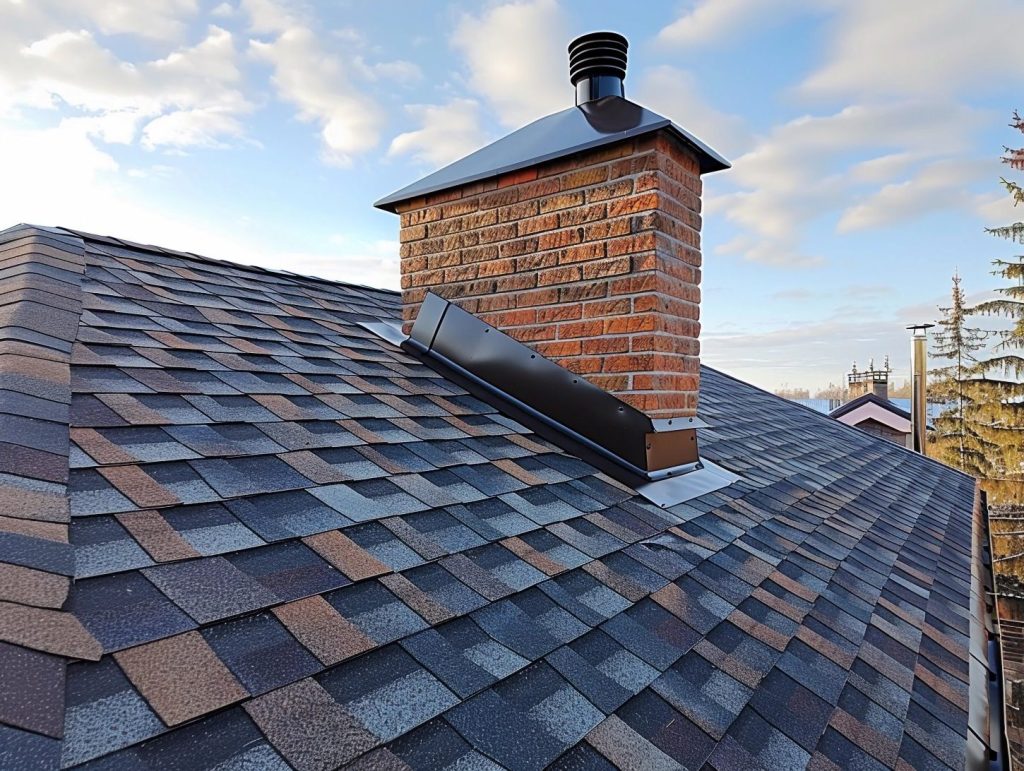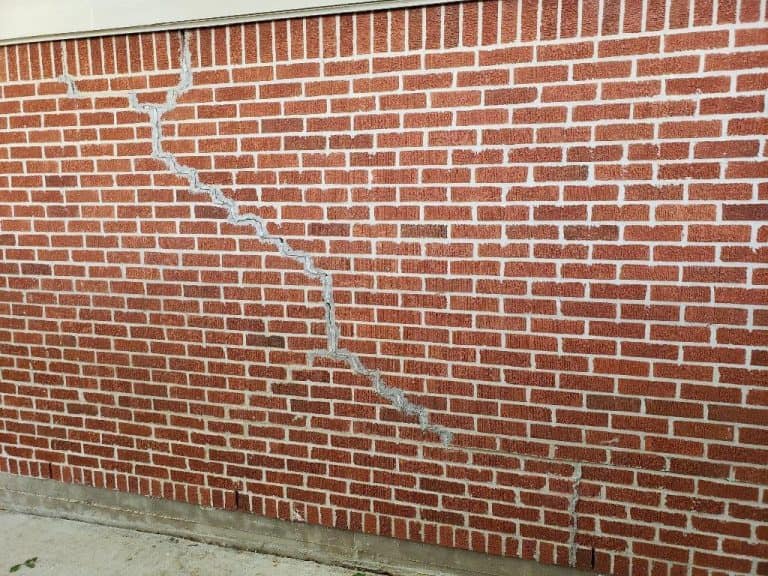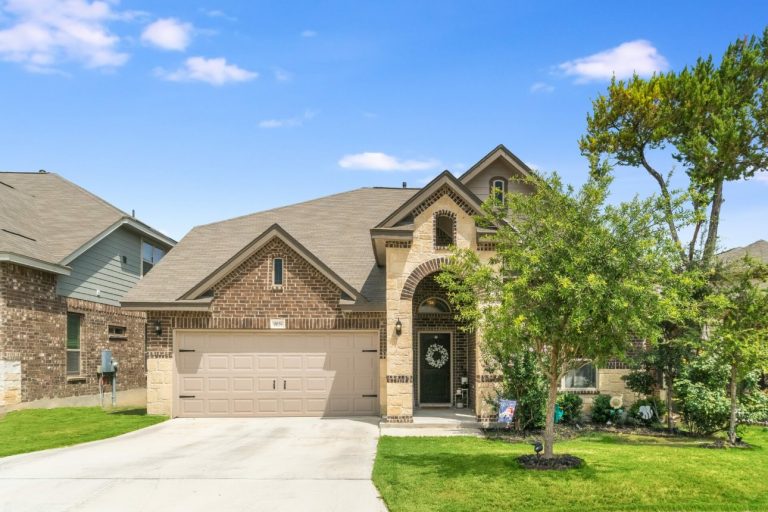Brick Chimney Leaks Explained
Understanding Why Your Brick Chimney Is Leaking and How to Fix It
A cozy fireplace offers warmth and ambiance—but a leaking brick chimney can quickly turn that comfort into concern. Water leaks, if left unaddressed, can cause significant structural damage, mold growth, and even fire hazards. Whether caused by weather, aging, or design flaws, understanding the source of a chimney leak is the first step to prevention.
Why Chimney Leaks Are More Common Than You Think
Chimney leaks are surprisingly prevalent, especially in regions with harsh winters or heavy rains. As your chimney is exposed to the elements 24/7, the combination of rain, snow, sun, and wind gradually wears down its components.
Most homeowners don’t notice the signs of chimney damage until it’s too late. That’s why proactive maintenance and knowledge about leak causes are essential.
7 Major Causes of Brick Chimney Leaks
Let’s break down the most common reasons chimneys start to leak—and what you can do about it.
1. Missing or Damaged Chimney Cap
The chimney cap (or crown) is your chimney’s first line of defense. It prevents rain, snow, animals, and debris from entering your flue. When cracked or missing, water can easily find its way inside, causing both interior damage and deterioration of the flue liner.
Fix: Install a stainless steel chimney cap and repair cracks in the crown using waterproof cement or crown sealants.
2. Faulty or Deteriorating Flashing
Flashing is the metal strip that seals the junction between the chimney and the roof. If it corrodes, loosens, or is improperly installed, water seeps in where the roof meets the chimney.
Fix: Replace damaged flashing with high-quality aluminum or copper and seal it with roofing-grade caulk or flashing tape.
3. Cracked Mortar Joints and Bricks
Over time, masonry joints erode from moisture, especially during freeze-thaw cycles. When cracks develop in bricks or mortar, water easily enters, weakening the structure from within.
Fix: Repointing (tuckpointing) the chimney with fresh mortar or sealing minor cracks with masonry caulk can stop the leaks before they spread.
4. Internal Condensation from Gas Appliances
Gas fireplaces create water vapor that can condense inside a cool flue. If the chimney isn’t lined properly or is oversized for the appliance, this condensation builds up, mimicking a leak.
Fix: Install a flue liner sized correctly for your appliance to improve ventilation and prevent internal moisture buildup.
5. Clogged or Blocked Weep Holes
Weep holes let moisture escape from the brickwork. When blocked by soot, debris, or insects, they trap moisture inside the chimney structure.
Fix: Inspect and clear weep holes at least annually. A chimney sweep can help ensure proper drainage.
6. Damaged Chimney Crown or Concrete Wash
The concrete wash or crown at the top of the chimney diverts water away. If it’s cracked or sloped incorrectly, water pools and leaks downward.
Fix: Reshape and reseal the crown using crown coat sealants, or replace it entirely for long-term protection.
7. Poor Chimney Design or Construction
Chimneys built without a proper slope, cricket (a small roof behind the chimney), or with porous materials are prone to leaks.
Fix: Have a certified mason or chimney expert assess the structure. Adding a chimney cricket or rebuilding flawed sections may be necessary.
Common Signs Your Chimney Is Leaking

You might be dealing with a leaky chimney if you notice:
- Dripping water or damp sounds from the fireplace
- White, powdery deposits (efflorescence) inside the firebox
- Musty odors after rain
- Stains on ceiling or walls near the chimney
- Damp or rusted fireplace damper
Step-by-Step Chimney Leak Inspection Guide
Before hiring a professional, you can perform a basic chimney inspection to catch visible problems. Here’s how:
- Check the Chimney Cap: Use binoculars to inspect the cap or crown. Look for cracks, rust, or missing components.
- Inspect the Flashing: From the ground or attic, look for loose or bent metal flashing where the chimney meets the roof.
- Look for White Stains or Mold: Inside your home, check the fireplace and nearby walls for white chalky residue or musty smells.
- Use a Moisture Meter: Measure the moisture content around your chimney to determine if water is seeping in.
- Check for Rust: Rust on the damper or fireplace doors is a red flag.
For a thorough assessment, call us for a professional inspection.
How Chimney Leaks Lead to Bigger Problems
Ignoring a chimney leak can result in:
- Mold Growth: Persistent moisture encourages mold that affects air quality and health.
- Rotting Wood: Water leaking near the chimney can damage structural wood in attics, walls, or ceilings.
- Interior Water Stains: These unsightly marks can spread and cost thousands to repair.
- Compromised Structural Integrity: Saturated bricks and mortar lose their strength, risking chimney collapse.
Addressing leaks early saves you from expensive structural repairs and health hazards.
Essential Maintenance Tips to Prevent Leaks
Preventing chimney leaks starts with regular care:
- Schedule Annual Inspections: A certified chimney sweep can detect early warning signs.
- Clean the Chimney: Soot and creosote buildup traps moisture. Annual cleanings keep airflow clear.
- Seal the Masonry: Use a breathable, water-repellent masonry sealer every few years.
- Repair Minor Cracks Promptly: Don’t wait—small cracks grow larger with freeze-thaw cycles.
- Check the Roofline: Ensure your roof’s slope directs water away from the chimney.
When to Call a Professional Chimney Inspector
If you’re unsure about the source of a leak or can’t access the roof safely, hire a professional. Look for:
- CSIA or NFI Certification: These designations ensure the inspector meets industry standards.
- Experience with Leak Repairs: Choose someone who specializes in waterproofing and masonry.
- Warrantied Work: A guarantee on the repair gives peace of mind.
Expect to pay between $150–$300 for a full inspection and up to $2,500 for repairs depending on the extent of the damage.
Chimney Waterproofing: Is It Worth It?
Yes—waterproofing your chimney is one of the most effective ways to prevent leaks. It involves applying a vapor-permeable sealant that repels rain while allowing moisture inside the bricks to escape.
Benefits:
- Extends chimney life
- Prevents mold and mildew
- Reduces repair frequency
Cost: Around $500–$1,000 depending on chimney size and condition.
Chimney Leak Repairs: DIY vs. Professional Help
Some minor chimney issues can be tackled by a handy homeowner, such as:
- Replacing a chimney cap
- Applying caulk around minor flashing gaps
- Cleaning debris from weep holes
But for larger jobs, like:
- Rebuilding damaged crowns
- Repointing extensive mortar joints
- Waterproofing the entire chimney
…it’s best to call in an expert. Professional work ensures longevity and meets local building codes.
Long-Term Chimney Protection Strategies
For complete protection, consider implementing the following:
- Install a Chimney Cricket: A small ridge behind your chimney that diverts rainwater.
- Use a Full Chimney Cap with Mesh: This keeps out rain and animals.
- Seal with Professional-Grade Masonry Sealants: Only use breathable products recommended by chimney experts.
- Add Flashing Guards or Waterproof Membranes: Extra protection against water intrusion at roof junctions.
Frequently Asked Questions About Chimney Leaks
Q: Can a leaking chimney cause mold?
A: Yes. Moisture from chimney leaks can lead to hidden mold in walls and ceilings.
Q: How do I know if my chimney cap is damaged?
A: Look for rust, cracks, or signs of water entering your firebox during rain.
Q: Will homeowners insurance cover chimney leaks?
A: Usually not unless the leak was caused by a covered peril (like storm damage). Maintenance-related leaks are often excluded.
Q: Can I seal chimney cracks with regular caulk?
A: No. Use only high-temperature or masonry-specific caulk designed for chimneys.
Q: How often should my chimney be inspected?
A: Annually. Even if you don’t use your fireplace often, weather still affects chimney integrity.
Q: Why does my gas fireplace chimney leak more than a wood-burning one?
A: Gas appliances produce water vapor, which can condense inside the flue if not properly vented.
Conclusion: Protect Your Home From Costly Chimney Water Damage
Brick chimney leaks are more than a nuisance—they’re a warning sign. By learning to recognize the causes, signs, and effective repair options, you can stop water damage before it starts. From simple maintenance to advanced waterproofing, the key is being proactive.
Whether it’s inspecting your chimney cap, sealing your bricks, or calling a pro for help, every step you take can extend the life of your chimney and protect your home from costly water damage.







Great read! Helpful tips on spotting and preventing chimney leaks perfect for homeowners wanting to avoid water damage.